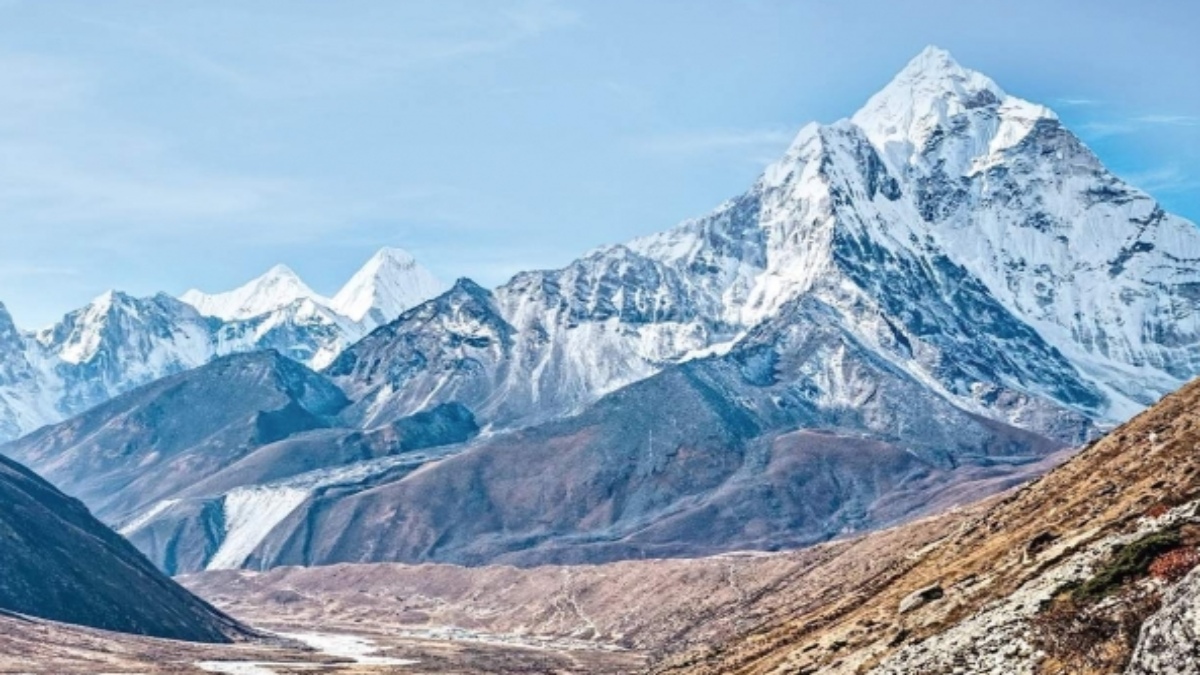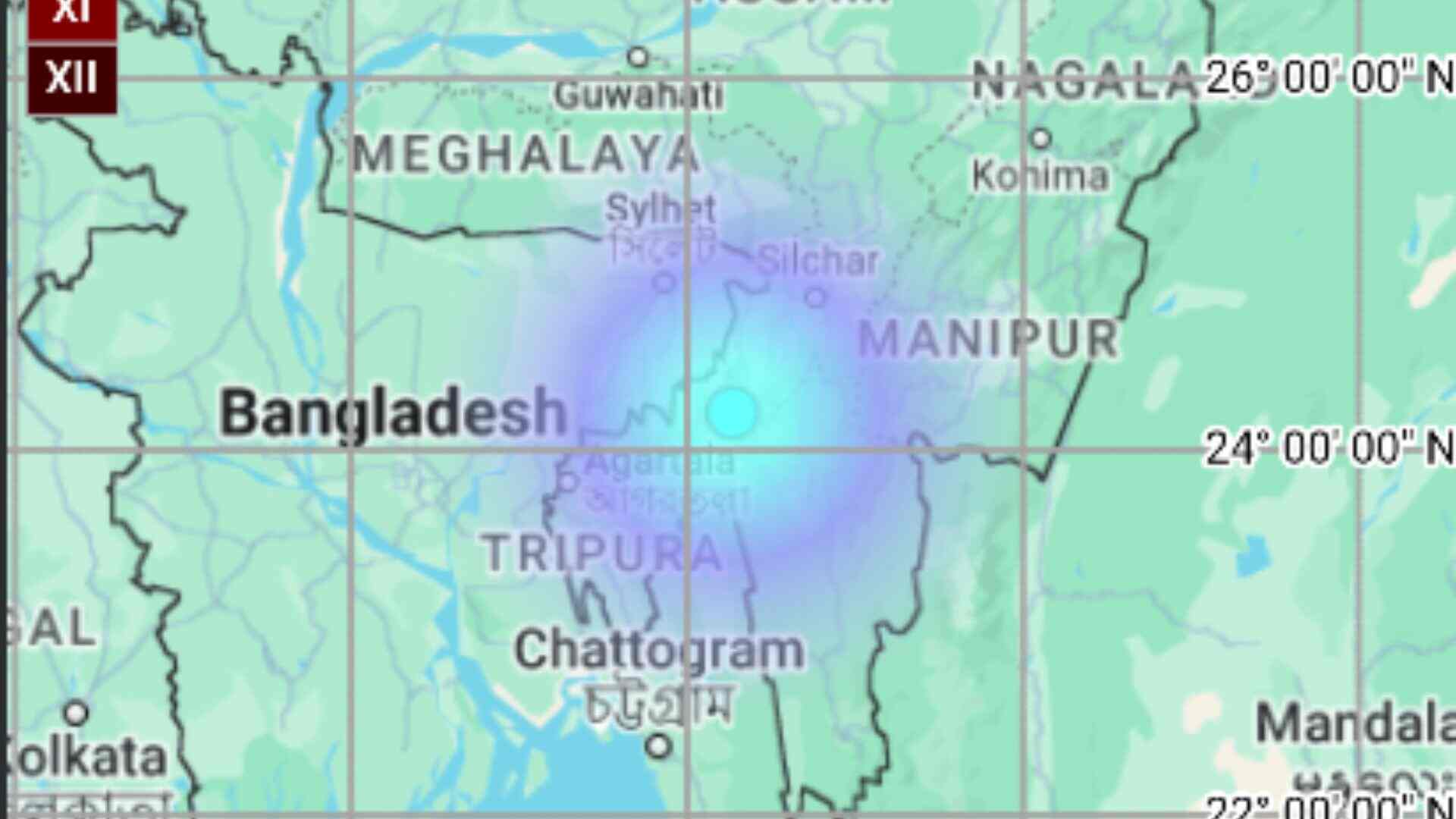
In recent years, Himalayas are facing decrement in snow which could lead to avalanches in near future. As per unique technique ANN (Artificial Neural Network) and PCC (Post Classification Comparison) that is used by Snow and Avalanche Study Establishment, DRDO, Chandigarh along with other scientists evaluated that the risk of avalanches is increasing in the area of Lahaul and Spiti district (Upper Region of Himachal Pradesh) as snow decrement is evaluated to be 9% due to temperature variations during the previous years.
For the first time, Snow and Avalanche Study Establishment, Indian Institute of Technology, Ropar along with Chitkara University used a unique method in the detection of Snow cover variability in the Himalayas using a standalone satellite SCATSAT-1 dataset with an advanced algorithm. This study is published in the year 2021 in an International Journal of Remote Sensing.
Dr Sartajvir Singh, Associate Professor, Chitkara University One of the scientists who conducted the study at the inaccessible part of Himalayas exhorts, “The detection of snow cover variability over the inaccessible Himalayas through ISRO’s (Indian Space Research Organisation) most recent SCATSAT-1 (Scatterometer Satellite) is found to be efficient through advanced machine learning techniques such as Linear Mixture Model (LMM) and Neural Network (NN).
To analyse the snow melting (2017 to 2018) and new snow (2016 to 2017) at elevation level represents the snow cover distribution at different elevation levels over the study area. From these analyses, they found a decrement in the snow during the period Dec 2017 to Jan 2018 as compared to the previous year (Dec 2016 to Jan 2017) at the altitude of 4000 to 6000 m which represents the major snow avalanche-prone area in the HP state. However, both SCATSAT-1 and the methodology adopted here have proven their great potential in analysing the climatological trends over inaccessible areas such as the Himalayas or Antarctica explained Dr Singh.
Dr Singh says that the HP state attracts tourists from all over the world due to the Himalayan landscapes and also, a major cause of concern for national strategic missions.
The northern part of the region is frequently affected by snow avalanches and the southern part having a threat of flash floods. Thus, this region requires continuous and accurate monitoring of the snow cover for the protection and development of the region.















